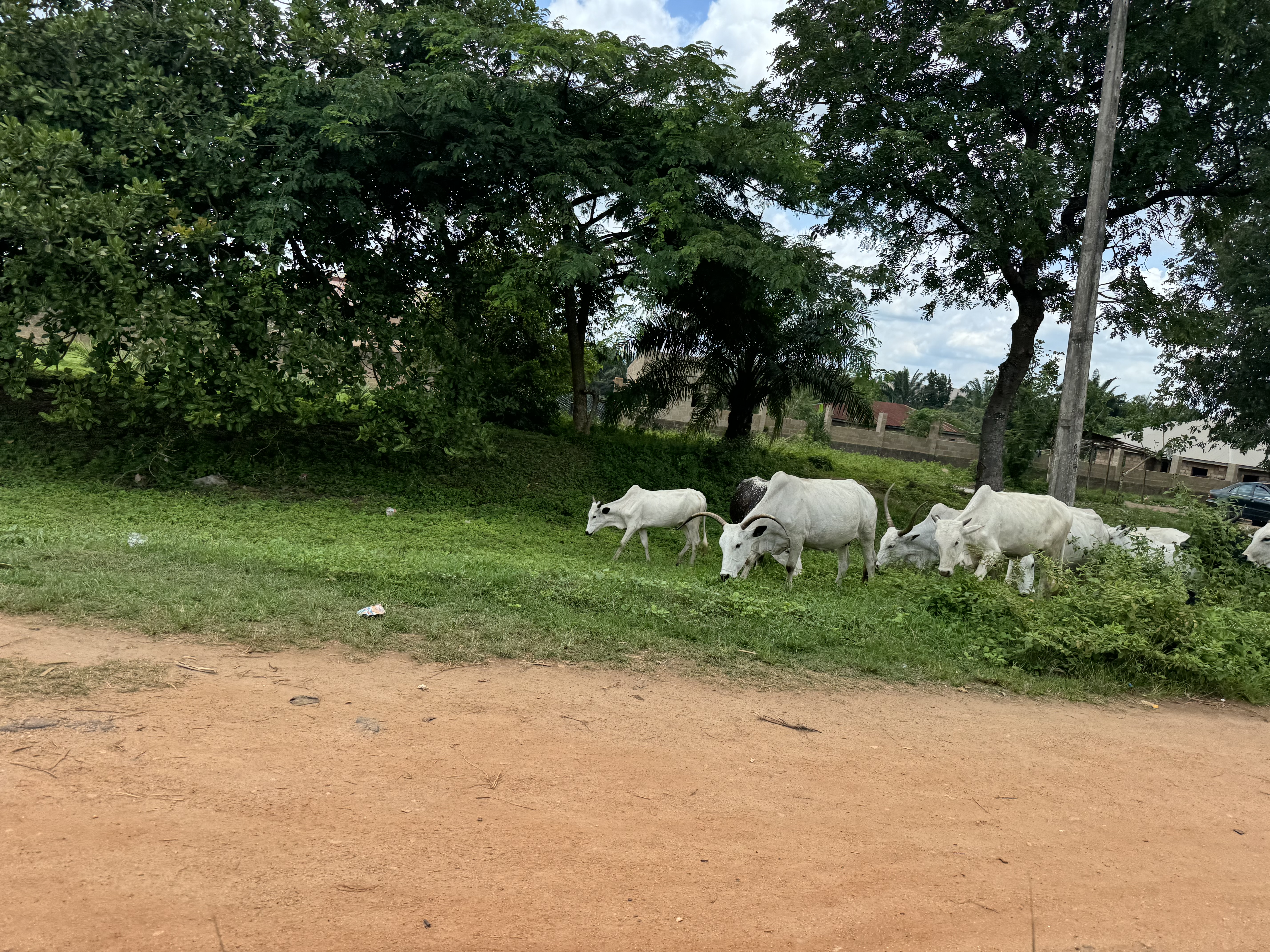Unmanaged Scarcity: The Root Cause of Farmer-Herder Violence in Southwest Nigeria
The farmer-herder conflict, a pressing issue in Southwest Nigeria, has become one of the deadliest conflicts in the country, surpassing even the Boko Haram insurgency in lethality. This urgent situation has prompted scholars to race to explain its roots, with most explanations rooted in Homer-Dixon’s environmental conflict theory (1994; 2010). Dixon views environmental conflict as imminent following environmental degradation, scarcity or both. He further argues that these factors interact with social, political, and economic factors, contributing to instability and conflict.
Following Dixon, I sought to understand the socio-political aspects of the persistent farmer-herder conflict in Southwest Nigeria. While my analysis remains very early, preliminary insights are emerging. They overwhelmingly confirm Dixon’s thesis on the relationship between environmental scarcity and conflict, but there is more. Through speaking with dozens of Fulani herders, farmers and Community Chiefs, it is clear that environmental change has altered herding fundamentally. The herders complain about minimal rainfall, too many herders and cattle, insufficient feeds, and agricultural, commercial and urban development encroachment of what used to be grazing routes. On the other hand, farmers point to the destruction of their farmer lands, violence, poor rainfall, and desire to conserve community rivers for farming, among others.
As I reflect on these insights, scarcity is indeed an issue, but the rules for managing it are also lacking and neglected. The absence of clear and consistent regulations is a significant contributing factor to the farmer-herder conflict. Where such laws exist, they are often very vague and change very rapidly. However, there are areas where the farmers and herders have made progress. There is a consensus on what should be done when cattle damage farm crops or when cattle are rustled. However, uncertainty remains on how to share common pool resources like water grasses between farmers and herders. Most crop damages and the resulting violence have occurred due to this gap. The open grazing ban and its successor ranching policy, which aims to regulate the movement of cattle and provide designated grazing areas, have the potential to address this. However, as I learned during my field visits, these initiatives are haphazardly applied. Apart from Ondo State, where the law governing these policies is relatively enforced, they remain political declarations in the rest of the region. In Oyo, herders complain of not being ready, leading them to reach some form of understanding with the government that enables them to continue as before. A similar mechanism is in place in Osun state, where herders told me they can continue after committing to avoid grazing near farms. These arrangements lack clarity and, therefore, are not sufficient. This lack of clarity opens the opportunity to exploit herders and makes conflict very likely.
Returning to Homer-Dixon’s theory, scarcity is indeed a crucial driver of the farmer-herder conflict. However, the root of the conflict lies in the political sphere: the lack of clear rules for managing such scarcity. Despite this, there is hope in the form of the ranching policy, which has the potential to address this issue. If properly implemented and invested in, this policy could significantly mitigate the conflict, offering a promising solution. The recent peace accord between Southwest farmers and herders is a positive step, but it’s important to note that it’s an ad hoc solution and unlikely to address the structural problem. What is truly needed is innovative long-term thinking and bold reforms, which can pave the way for a sustainable solution to the conflict.
References
Homer-Dixon, T. F. (1994). Environmental scarcities and violent conflict: evidence from cases. International security, 19(1), 5-40.
Homer-Dixon, T. F. (2010). Environment, scarcity, and violence. Princeton University Press.

